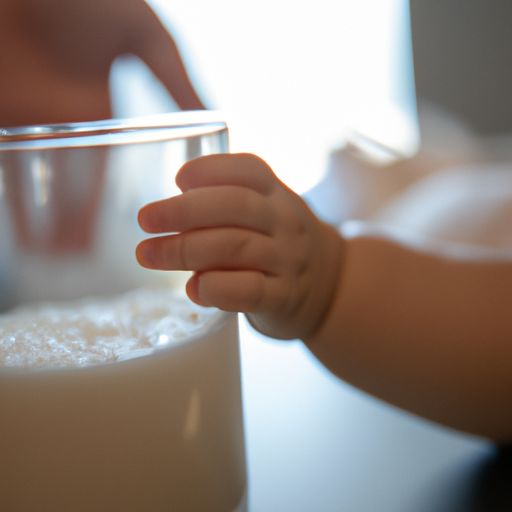Can You Safely Introduce Baby to Rice Milk? A Guide for Parents
Rice milk has gained popularity as a dairy-free alternative for infants and children with allergies or intolerances to cow’s milk or soy milk. However, when it comes to introducing rice milk to babies, parents need to exercise caution and ensure that it is done safely. In this guide, we will discuss the safety considerations and steps to follow when introducing rice milk to your baby’s diet.
Is Rice Milk Safe for Babies?
While rice milk is generally safe for older children and adults, it is not recommended as a primary source of nutrition for infants under the age of one. The American Academy of Pediatrics advises against giving rice milk to babies due to its low nutritional value and potential health risks.
Why is Rice Milk Not Recommended for Babies?
Rice milk lacks essential nutrients that are crucial for a baby’s growth and development, such as protein, fat, and certain vitamins and minerals. It is also low in calories, which can hinder proper weight gain in infants. Moreover, rice milk may contain high levels of inorganic arsenic, a toxic substance that can be harmful to babies’ developing bodies.
When Can You Introduce Rice Milk to Your Baby?
It is generally recommended to wait until your baby is at least one year old before introducing rice milk. By this age, most babies have started consuming a variety of solid foods and have a more mature digestive system. However, it is crucial to consult with your pediatrician before making any dietary changes or introducing rice milk to your baby.
How to Safely Introduce Rice Milk to Your Baby?
If your pediatrician approves the introduction of rice milk, here are some steps to follow to ensure your baby’s safety:
1. Start with small quantities: Begin by offering a small amount of rice milk, mixed with breast milk or formula, to gauge your baby’s tolerance and any potential adverse reactions.
2. Observe for allergic reactions: Watch for signs of allergies, such as rash, hives, vomiting, or diarrhea, after introducing rice milk. If any symptoms occur, discontinue use and consult your pediatrician.
3. Monitor for nutritional adequacy: Since rice milk lacks essential nutrients, it is crucial to ensure that your baby’s overall diet remains balanced and provides all the necessary nutrients for growth and development.
4. Consider fortified options: If your baby requires a dairy-free alternative, consider fortified plant-based milks like soy milk or almond milk, which offer a better nutritional profile than rice milk.
5. Regularly review with your pediatrician: Keep your pediatrician informed about your baby’s diet and any changes you make, including the introduction of rice milk. Regular check-ups will help ensure your baby’s health and well-being.
In Conclusion
While rice milk can be a suitable option for older children and adults with dietary restrictions, it is not recommended for infants under the age of one. Babies require a well-balanced diet that provides essential nutrients for their growth and development. Always consult with your pediatrician before making any dietary changes or introducing new foods to your baby.




